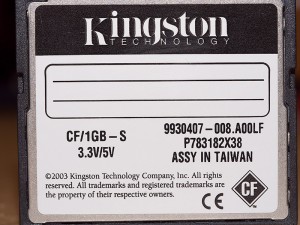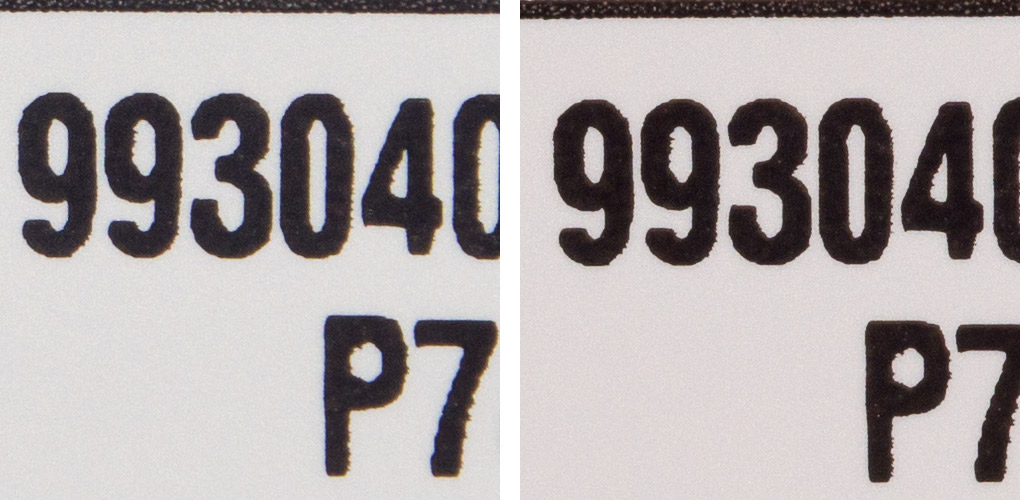
I’ve had several requests over the past few weeks to compare the new Olympus 60mm macro to the relatively versatile Olympus 12-50mm kit zoom that’s available as a bundle with the OM-D. The 12-50mm is an interesting lens. It’s got a wonderful range, from super wide to medium telephoto, plus has a macro mode that comes awfully close to 1:2 magnification. As a result, many people are interested, especially if they are casual macro shooters, if it’s worth it to plunk down an extra $500 for the 60mm.
Well, assuming you don’t need the f/2.8 aperture of the 60mm for things like portrait use, it becomes a very good question. Most macro work is done stopped down and with flash, so the slow speed of the 12-50mm isn’t that big of a detriment. Of course the 60mm has over two stops of aperture advantage, making hand held work easier and enabling shallower depth of field, but this might not matter at all for macro shooters. Also, since 1:2 magnification is similar to 1:1 on full frame, the magnification of the 12-50mm might be enough for many shooters. As an aside, I know the 12-50mm doesn’t truly do 1:2, but in actual field use, it captures an image roughly 36mm across, which is the same image width as 1:1 on full frame, and very close to 1:2 actual magnification.

When Macro mode is engaged on the 12-50mm, the lens becomes a fixed focal length 43mm f/6.0 lens. To test, I put the 12-50 in macro mode and focused to fill the frame with an old Compact Flash card. If you look at the image to the right, which is the full frame, it’ll give you an idea of the real world maximum magnification capable with the 12-50mm. This is very close to the 12-50’s minimum focus distance in macro mode, at just outside maximum magnification for the lens. I shot handheld, but braced in position and using flash, so there should be no issues with image shake whatsoever here. I then compiles some 100% unsharpened crops to take a look at. In all of these crop comparisons, the 12-50mm is on the left and the 60mm macro is on the right.
First up, a comparison near wide open on the 12-50. This is at f/5.6 on the 60mm and f/6.0 on the 12-50. See the 100% crops below (click to view full size). As expected, the 60mm macro is significantly sharper here. The 12-50 is wide open and the 60mm is stopped down a bit, but also, you’re talking a kit zoom vs a dedicated macro lens. Still, the 12-50 produces results that are more than usable:

I then tested the lenses both at f/8. At this point, the 60mm is slightly past its peak performance (which occurs in the f/4 to f/5.6 range), while the 12-50mm is at its sharpest point. Beyond f/8, both have some softening due to diffraction. At f/8, the lenses are much closer to each other. The 12-50 sharpens up nicely and competes pretty well, though it can’t quite keep up with the 60mm in absolute sharpness.

Finally, let’s take a look at both lenses at their sharpest apertures (f/5.6 on the 60mm and f/8 on the 12-50). Here you can see the real ultimate advantage of the 60mm. The lens is sharper and has much higher contrast as well. Still, the 12-50mm puts in a respectable performance, and for many people, this will be good enough for their purposes. If you want to get serious about macro, however, the closer magnification and higher optical quality of the 60mm will be worth the extra money.






Leave a Reply